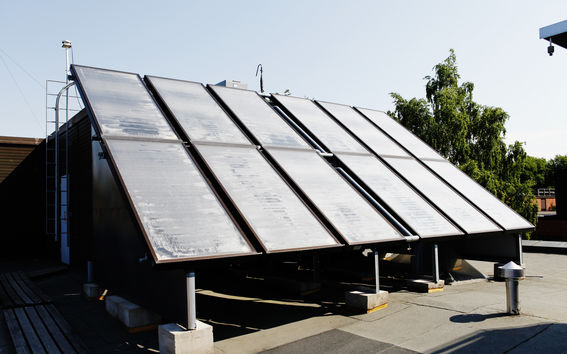Energy efficiency agreements create concrete targets and incentives for energy savings

Energy efficiency agreements create concrete targets and incentives for energy savings
Aalto CRE is committed to reducing campus energy consumption by 2015 to 10.5% of what it was in 2014. The targets are defined in the national energy efficiency agreement for facilities (TETS), which 71 real estate sector companies have already signed (17 June 2019). The TETS energy efficiency agreement is a part of Finland’s comprehensive package of voluntary energy efficiency agreements, which aim to make it possible for Finland to achieve the energy savings targets set for it.
The intermediate target is a drop of 7% by 2020. This target aims to ensure as great an energy impact as possible early on. The consumption figures for 2014 were 36,155 MWh electricity, 50,465 MWh heat, and 150,038 m3 water. The largest implemented renewable energy projects are Dipoli’s (Otakaari 24) geothermal pumps and the solar panels and geothermal pumps under Väre building (Otaniementie 14) and School of Business building (Ekonominaukio 1). For more information on energy efficiency agreements please see the Motiva website.
The current energy consumption of the campus buildings is monitored and reported according to energy efficiency agreements. Besides the size of the building, the usage of the building affects energy consumption. Especially the using times and habits have a big impact on the amount of the consumption.






